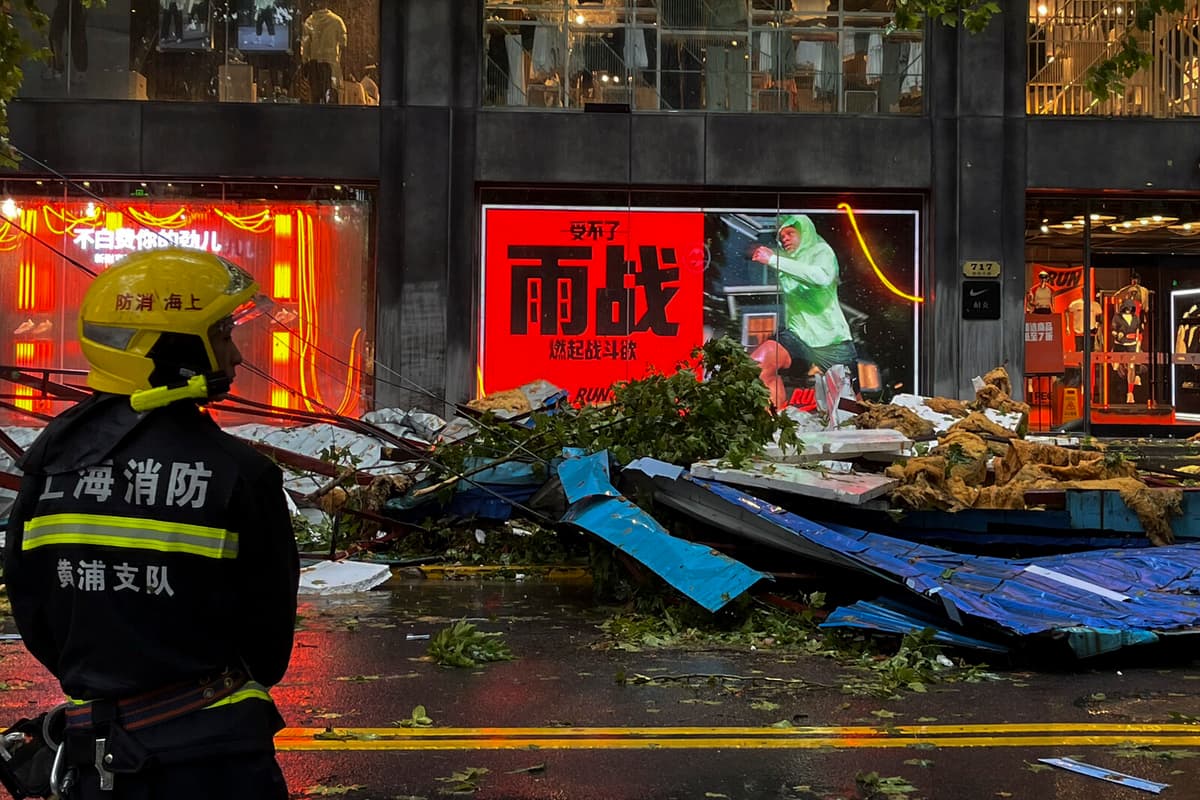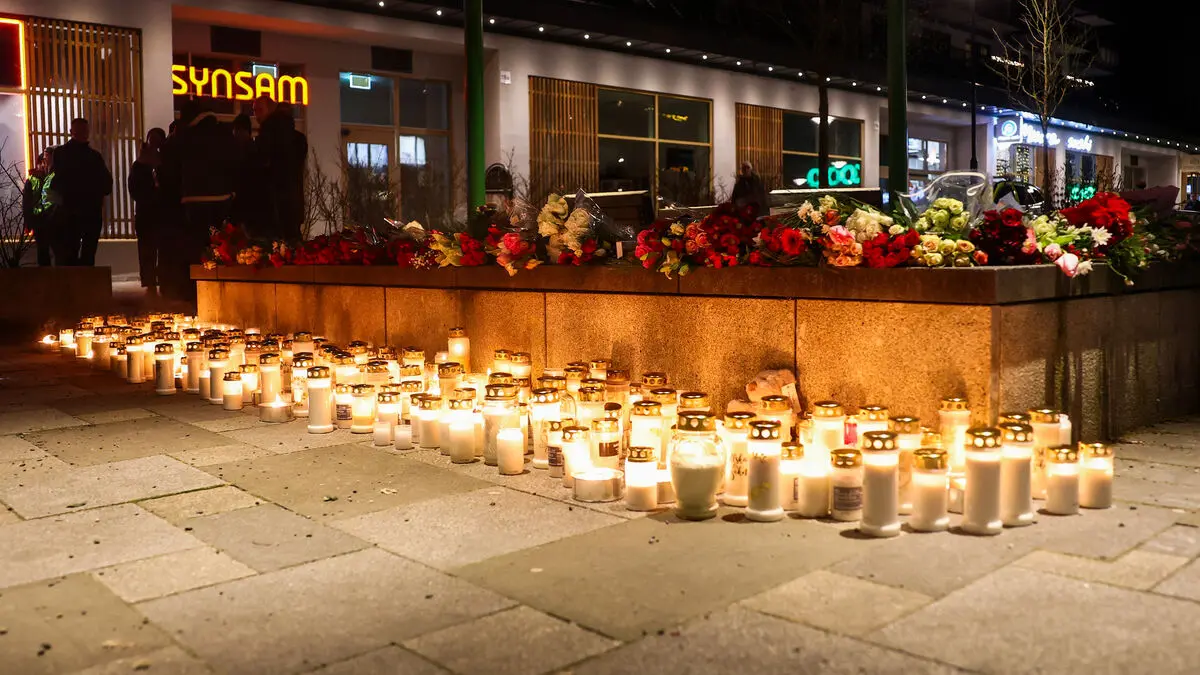Near the eye of the storm, wind speeds of 42 meters per second were measured, far exceeding the limit for a hurricane.
It was a rough awakening on Monday for many of Shanghai's 25 million inhabitants when the typhoon's eye made landfall in the Pudong area.
However, much of the city's activities had been suspended, since warnings of the rapidly growing storm began to arrive a few days ago. Schools were closed, people stayed indoors, and over 400,000 had been evacuated from the heavy rainfall and strong winds.
Over 1,400 flights were cancelled in Shanghai alone. Even in surrounding cities like Hangzhou and Ningbo, hundreds of planes were grounded.
So far, relatively minor damages have been reported. A man was taken to hospital after being hit by a falling tree. 53 hectares of farmland are flooded. And a few hundred households are without power.
Over 60,000 rescue workers and firefighters were ready to assist those affected by the storm. As Bebinca moved on, they focused mainly on clearing fallen tree branches and other debris brought by the storm.
The typhoon is described as the strongest to hit the Shanghai area in at least 75 years. It weakened as it moved inland towards the provinces of Jiangsu, Anhui, and Zhejiang. Further rainfall is forecast in Shanghai until Wednesday.





